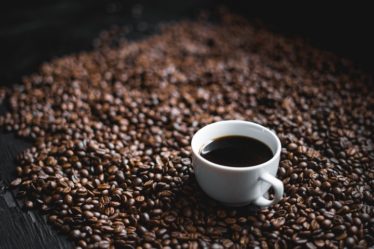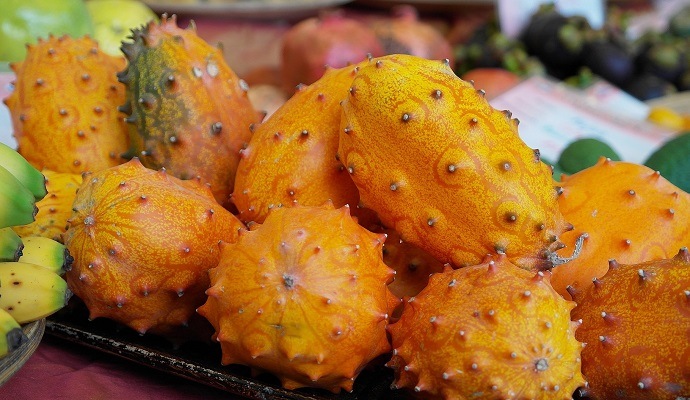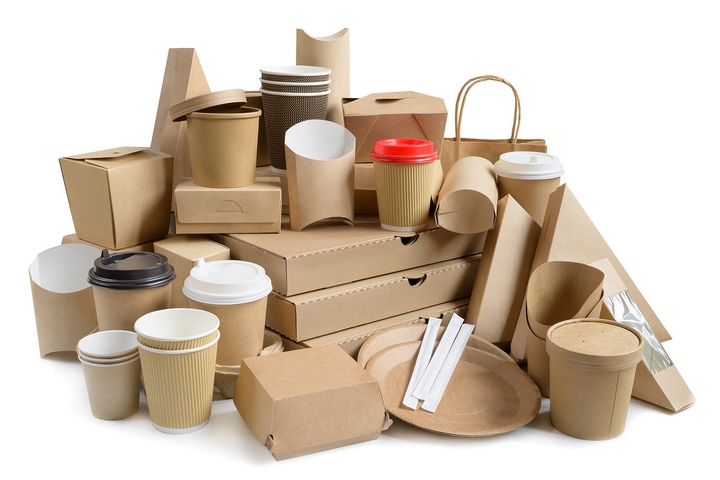
The materials used for food packaging vary based on a variety of factors that include whether the food is wet or dry, how long it will need to be stored, and whether it is a single or multi-use item. Each material has its own benefits and drawbacks, and packaging decisions can be based off price, shelf life requirements, and label printing needs.
The below list contains the seven popular packaging materials used for food products:
1. Tin materials (Example: tinfoil)
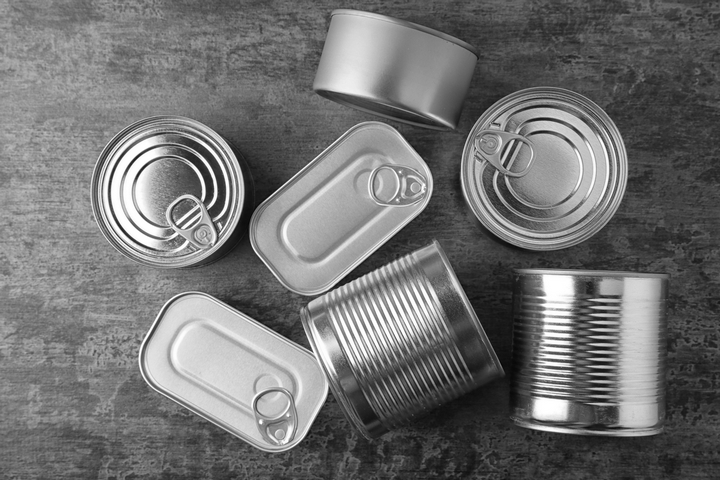
Tin cans are actually steel cans coated in a thin layer of tin. These are commonly used materials in food packaging because they can be sealed tight so that no air can get in. Tin-coated steel is used mostly for preserved foods like meats, soups, and vegetables.
2. Aluminum materials (Example: aluminum containers)
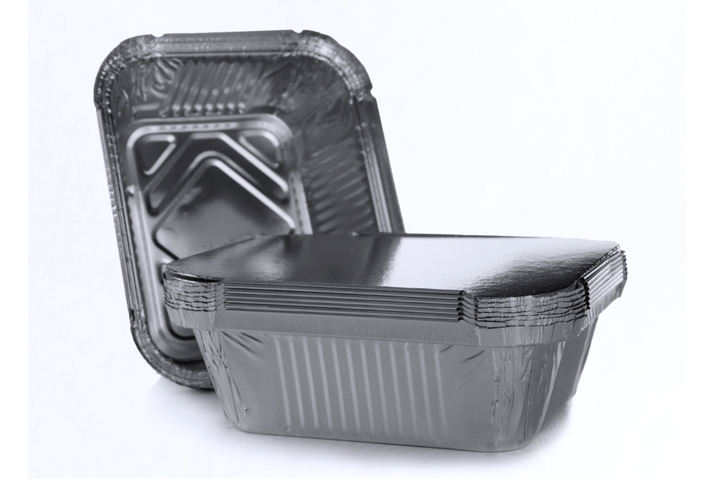
A product of the late 1940s was the aluminum container. People started seeing all-foil packaging at the end of the decade with foil pans, and by the end of the 1950s, the first aluminum cans were being produced. Today, we still use aluminum for foil, cans, and trays. It is 100 per cent recyclable, and loses none of its integrity during the recycling process. It’s lightweight, and can be heated in the oven. In addition to being recyclable, it is often possible to reuse aluminum containers, especially trays for pies and food.
3. Glass materials (Example: glass bottles)

Although plastic is very common still, glass is making a comeback because it has a lot of benefits. It is fully recyclable and reusable, and is highly effective for preserving foods in a safe environment. It creates secure containers, however there are concerns about breakage, especially when shipping and movement of products is required.
Glass is also heavier, which increases costs of shipping, and makes it more difficult to transport larger quantities of product at once. As far as its ability to host food products, though, it is a highly efficient material.
4. Wood materials (Example: wood crates)

A fairly uncommon sight, but still deserving of mention, is wood food packaging. The most common place to see wooden food packaging is in the fruit section. Often, oranges will be hosted in small wooden crates instead of bags or boxes.
Sometimes, lids for products will be made of wood, while the product itself will be hosted in a glass jar or a container made of another material. Other than that, most wooden packaging is saved for artisanal or high-end products. It’s definitely not the cheapest option.
5. Containerboard (Example: pizza boxes)
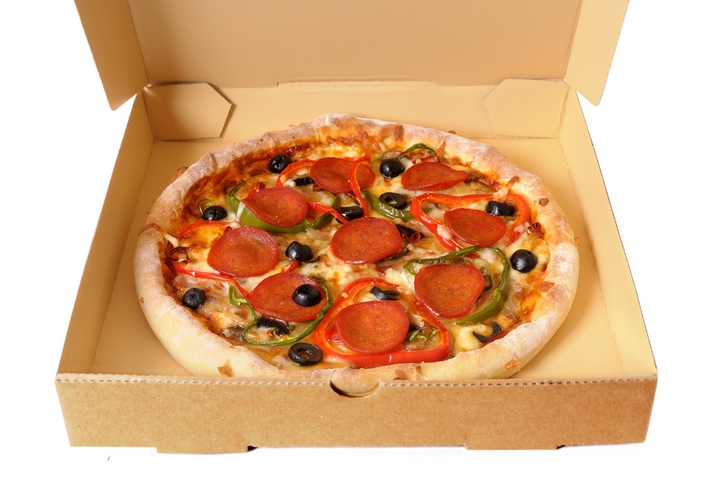
There are many uses for containerboard in food packaging. You would think something made of containerboard wouldn’t be a great material for hosting food, especially liquids, but paperboard is used for milk and juice containers. It is also used for boxes for foods like cereals, granola bars, cookies, and other boxed snack foods. When the containerboard is used to hold a liquid, the material is coated with wax or resin so that it doesn’t become damaged from the contents inside.
6. Biocomposite materials (Example: ecofriendly packaging)
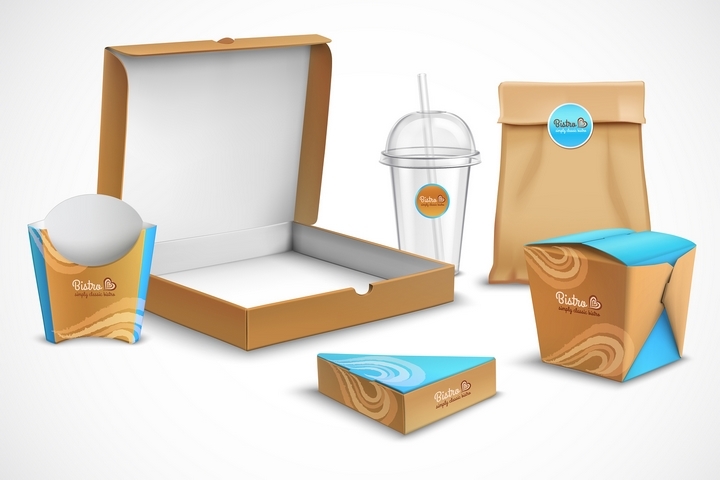
Formed by a resin made up of both renewable and non-renewable resources, biocomposites are composite materials, meaning they are made up of two or more unique resources that create a new material when combined. Biocomposites are being used to develop food packaging that is more resistant to foodborne pathogens and that can help to increase the shelf life of food that has not been highly processed.
Similarly, Biopolymer is used to create bio-films, bags, and laminates. These products are biodegradable, but they act like traditional polymers in their ability to keep food fresh. Biopolymer is created by a fermenting process of natural materials.
7. Polymer materials (Example: plastic containers)
There are several types of polymer materials used for food products, each with their own distinct features and characteristics:
- Polyethylene: Polyethylene is plastic, and is very commonly used in food packaging. It’s lightweight, and can be both rigid or semi rigid. There are many types of polyethylene, including high-density, low-density, and polyethylene terephthalate. Polyethylene is commonly found in containers used for liquid or semi-liquid food products. This includes milk jugs, soda pop bottles, condiment bottles, and vitamin containers. It’s also found in plastic grocery bags, bread bags, and coffee can lids.
- Polystyrene: Polystyrene is a combination of polymer and styrene resin, and is used to make Styrofoam. These containers are generally not made for long-term food storage, but are effective for food storage in the shorter term. This includes take-out containers for solid and liquid foods, as well as the trays for fresh meat and fish.
- Polymer nanocomposite: Composed of polymer and nanometric, inorganic materials, polymer nanocomposite is another material used to enhance the shelf life of food products. Because the properties can help to reduce the oxygen and water vapor in the package, the food stays fresher for longer.
- Polyvinyl chloride: A hard synthetic material created by the polymerization of vinyl chloride, also known as PVC. It doesn’t taint the food goods it holds, and is durable, so it is often used for tamper proof medications and blister packaging for gum, mints, and pills.

